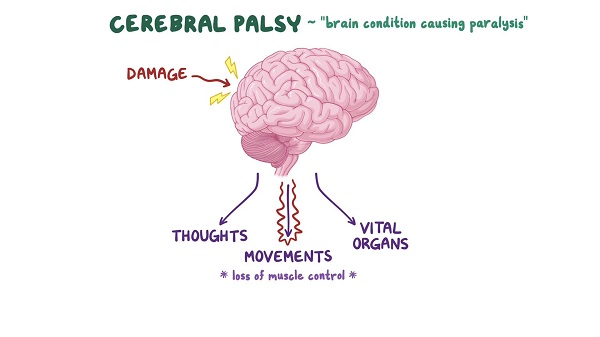
Causes, challenges of Cerebral Palsy
Dear Mirror Doctor, I have a three-year-old boy who cannot sit on his own, talk and suffers from convulsions.
Advertisement
He had birth asphyxia, and we were counselled to expect some developmental delays but did not expect to this extent. I understand he has cerebral palsy.
Please can you enlighten me about the cause and how to deal with his various challenges?
Worried mum.
Dear Worried mum, Cerebral palsy is a very common and mostly preventable condition frequently encountered in children.
It is so common and debilitating to the extent that October 6th every year has been christened World Cerebral Palsy Day.
The day offers an opportunity to celebrate, raise awareness and take action to ensure that people with cerebral palsy (CP) have the same rights, access and opportunity as anyone else in their communities and I believe your son needs all the help available to make his life easier.
Cerebral palsy (CP) is a generic term for a group of disorders that affect body movement, balance, and posture.
The term “cerebral palsy” or “brain paralysis” results from abnormal development or damage in one or more parts of the brain that control movement.
The resulting functional challenges are usually noticeable in early life, usually in infancy or early childhood.
Infants with cerebral palsy are slow to attain certain developmental milestones such as head control, rolling over, sitting, crawling, and walking.
The common theme that runs through all individuals with cerebral palsy is difficulty in controlling and coordinating the muscles of movement.
Despite advances in medical care, cerebral palsy remains a significant health problem with an increasing number of people affected by the condition.
This may be because more and more premature infants are surviving from advances in medical practice especially in the field of newborn care as well as improvement in the general health systems worldwide.
Thus, children who otherwise would have died are now surviving albeit with developmental challenges. Also due to poor infrastructure at most of our health facilities country wide, a lot of births that should have been assisted either by instruments or by Caesarean Section are delivered vaginally with a consequent increase in birth injuries.
The most dangerous of these injuries is deprivation of the brain of adequate blood supply, a situation known in medical parlance as birth asphyxia which was extensively discussed over the past two weeks.
Many individuals with cerebral palsy have normal or above average intelligence.
Their ability to express their intelligence, however, may be limited by difficulties in communicating. All children with cerebral palsy, regardless of intelligence level, can improve their abilities substantially with appropriate interventions.
Most children with cerebral palsy require significant medical and physical care, including physiotherapy, occupational, and speech therapy -- a big challenge for those in the developing countries since all attention is placed on infectious diseases.
There are different types of cerebral palsy depending on the clinical manifestation of the disease process and where the harm to the brain is located:
Spastic (pyramidal): This is the most common type of CP accounting for about 70 to 80 per cent of cases. It is characterised by increased muscle tone (stiffness).
The muscles are stiff (spastic) with jerky or awkward movements. This type is classified by the part of the body affected: diplegia (affects both legs), hemiplegia (one side of the body- both upper and lower sides of the body), or quadriplegia (affecting all four limbs).
Dyskinetic (extrapyramidal): This type mainly affects coordination of movements.
Mixed: This is a mixture of different types of cerebral palsy. A common combination is spastic and dyskinesia.
Cerebral palsy results from damage to certain parts of the developing brain. This damage can occur early in pregnancy when the brain is just starting to form.
It can also occur during the birth process as the child passes through the birth canal, or after birth in the first few years of life. In many cases, the exact cause of the brain damage is never known.
It has been postulated that problems during birth, usually inadequate oxygen as well as events or insults to the brain while the baby is developing in the mother’s womb are common causes.
This notwithstanding, certain risk factors have been linked with cerebral palsy. These include:
- Infections in the mother which can cross the placenta to infect the brain of the developing fetus.
- Birth defects, especially those affecting the brain, spinal cord, head, face.
- Jaundice at or soon after birth.
- Certain hereditary and genetic conditions such as inability to process correctly certain substances which can then deposit in organs including the developing brain.
- Complications during labour and delivery such as birth asphyxia and birth traumas.
- Premature delivery especially in multiple pregnancies and assisted reproduction.
- Low birth weight (especially if less than 1.0 kg at birth).
- Multiple births (twins, triplets)
- Lack of oxygen supply to the brain before, during, or after birth
- Brain damage early in life, due to infection (such as meningitis and encephalitis), head injury, lack of oxygen, or bleeding
A member of Paediatric Society of Ghana



